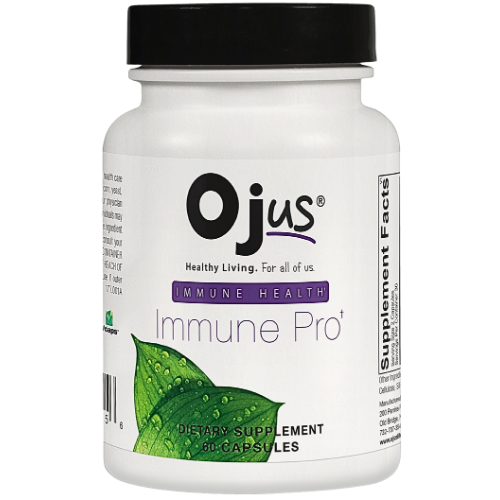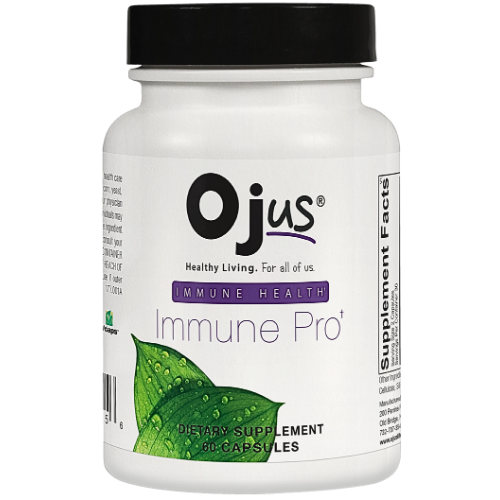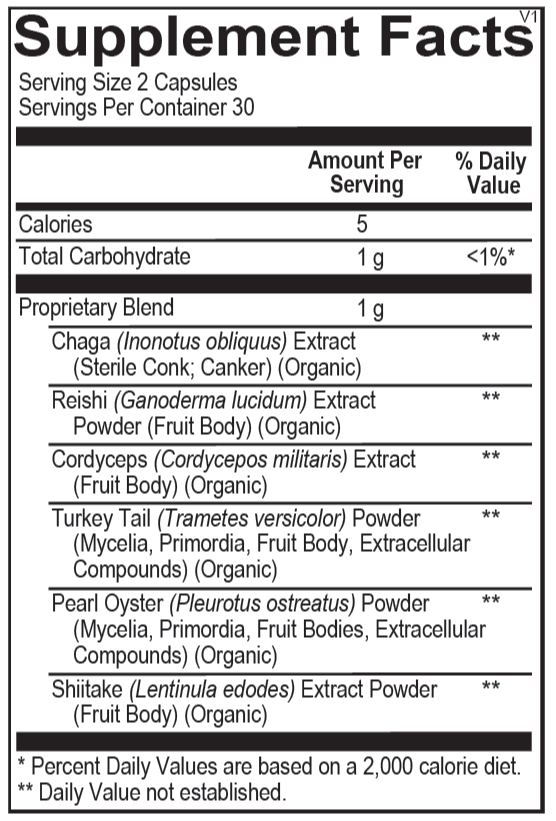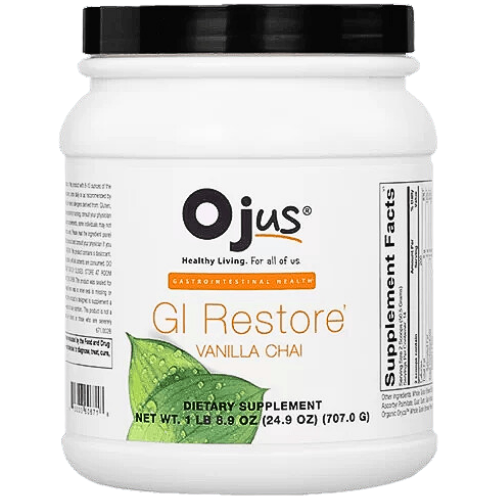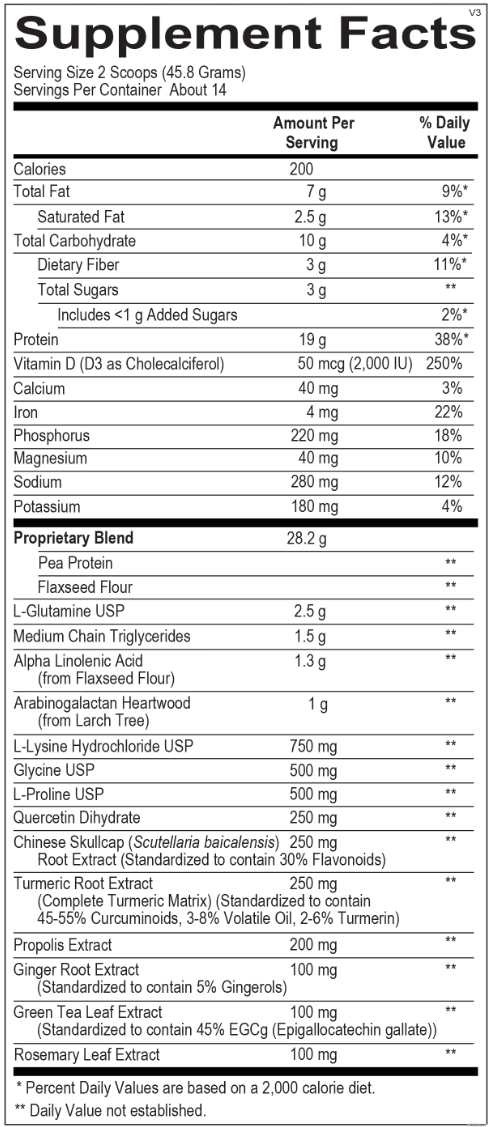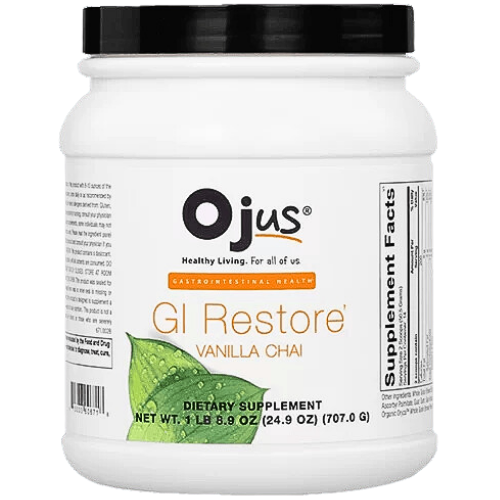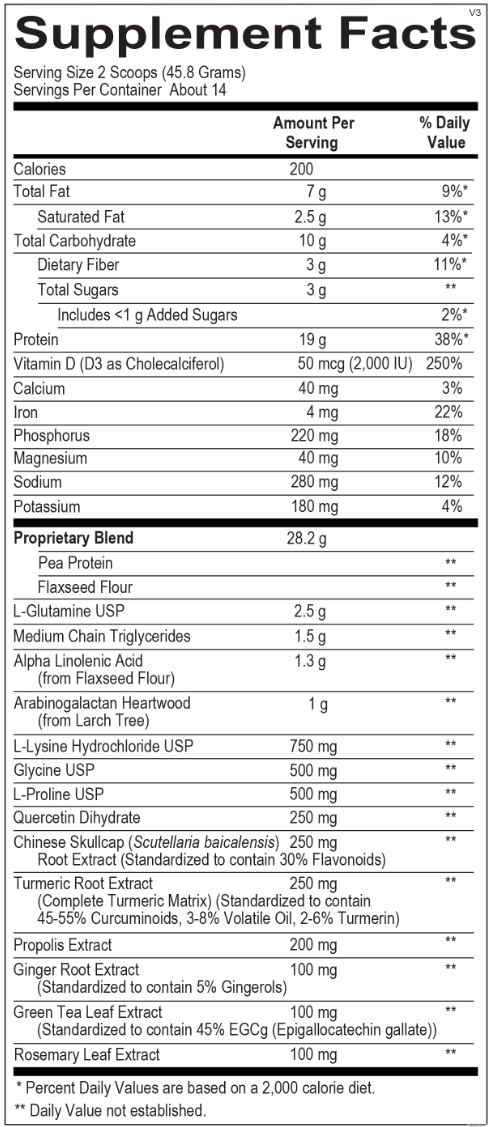
All You Need To Know About Mycotoxicosis
Dr Anita NischalTable of Contents
| We all have experienced food poisoning at least once in our lifetime, but what causes it depends on various factors. Have you ever heard of the word Mycotoxicosis? Mycotoxicosis is a human or animal illness caused by fungal contaminated foods and gasping of toxins secreted by fungal grains. |
Mycotoxicosis is a disease caused by a fungus that produces natural poison. It is a usual problem in the poultry industry in warm weather and developing countries caused by the release of mycotoxins.
Mycotoxins can cause a variety of bad health effects on human beings and animals. The adverse effects of mycotoxins include severe mycotoxin poisoning to long-term consequences like immune deficiency and cancer. Mycotoxins in humans majorly target the liver with liver damage occurring when poultry, fish, rodents, and nonhuman prelates are eaten with aflatoxin B1.
What Are Mycotoxins?
Global food business from countries like Brazil, Peru, Mexico, India & Malaysia increases the risk of mycotoxicosis across the world. In these tropical regions, this disease mainly occurs due to the high moisture content and temperature needed for fungal growth and the production of mycotoxins. Some people are of the opinion that mycotoxicosis is significant in fatty liver disease.
Mycotoxins are contaminated amalgams that are innately generated by categories of moulds (fungi). Further, this mould can appear either before harvest or after harvest, for the duration of storage, on/in the food itself. Besides warm, damp, and humid conditions are the other conditions that can give rise to these kinds of fungi. Most mycotoxins poisoning is chemically stable and endures food processing.
Fungus is the reason for the growing number of mycotoxins. Mycotoxins in humans are one of the most toxic elements. A bleach solution is effective for eliminating mycotoxins, but bleach is not safe to be used on all surfaces.
The usual mycotoxins symptoms include chronic tiredness, attention difficulty, rashes, COPD, and sadness. Fewer common symptoms include forgetfulness, limited social skills, Parkinson’s disease, and cancer.
The various categories of mycotoxins can be described as:
- Aflatoxins
- Ochratoxin
- Trichothecene
- Fumonisins
- Zearalenone
Mycotoxins can enter the human body by inhaling them in, through the eyes, consuming, and more. Since it is very easy for them to pass to humans, they can cause many health problems that the person might think of as cold or regular allergies.
While mycotoxins are damaging, it is important to know that they are not the same thing as active mould spores. Mycotoxins are substances that can stay long after the mould is gone if the actual removal method is not used.
Symptoms Of Mycotoxicosis In Humans
Mycotoxicosis depends on the kind of mycotoxin; the quantity and time of the exposure; the age, health, and sex of the person; and some badly understood effects involving genetics, dietary status, and interchange with other toxic insults. Also, the seriousness of mycotoxin poisoning can be compounded by elements like vitamin deficiency, caloric need, dependence on alcohol, and communicable disease status.
The ill-effects of mycotoxins in human beings can be both severe and persistent like:
- Arousing difficulties like liver cancer
- Changes in the protein metabolism
- Gangrene
- Respiratory problems
Causes Of Mycotoxicosis
Mycotoxicosis is the result of inhaling the grains that bind to toxins produced by metabolism made by certain fungi. Fungi that build toxins generally do so only under humid conditions.
Some fungi produce more than a single mycotoxin. Various contrasting fungi can create different mycotoxins in one mixed feed.
The toxins may be additive or may aggravate another. Mycotoxins generate their toxic effects via diverse methods like delivering damage to metabolic and nutrition functions. Many mycotoxins destroy the liver, lessen daily feed intake, growth, and feed effectiveness.
Diagnosis & Treatment For Mycotoxicosis
Testing for mycotoxins in humans is a simple process that does not involve the introduction of instruments into the body. In most cases, just a urine sample is collected. Testing can also be done on nasal secretions, sputum, or tissue biopsy that a physician collects.
The treatment of mycotoxicosis includes the elimination of contaminated feed and care; the toxic feed should be eliminated and replaced with pure feed.
Some mycotoxins increase demand for vitamins, minerals like selenium, protein, and lipids and can be made up by feed supplementation and some water-based treatment.
Managing diets that are full of nutrients, minimizing stress and anxiety, and controlling inflammation using antibiotics are the common and practical perspectives in the case of persistent exposed animals.
Mycotoxins are to be filtered out by the liver and then escorted through urine or stool. It is believed that the maximum amount of heat can destroy trichothecene mycotoxins. Also, it is found that ozone can kill most mycotoxins, but the amount needed is not safe for humans. HEPA air filters need to be increased with activated carbon filters.
So How Can I Get Rid Of Mycotoxins At Home?
Activated carbon filtration in the house can remove mycotoxins. Some people use ozone generators to separate mycotoxins poisoning although no person or pet is allowed in the house throughout the treatment because of the high degree of ozone that is needed.
When To See A Doctor?
If the cold or flu-like symptoms continue, it may be the right time for you to take a visit to the doctor. Also, some more mycotoxins symptoms are confusion, fatigue, weakness in the body, headaches, joint pains, asthma, cramping or muscle cramps.
There are a wide range of more severe side effects of mycotoxin poisoning that the doctor may look for if you have experienced mycotoxins symptoms such as:
- Confusion and disorientation
- Chronic weakness and fatigue
- Headaches
- Cognitive delays and difficulties
- Hypersensitivity to bright lights
- Light-headedness and vertigo
- Asthma or chronic respiratory conditions
- Joint pains, cramping, or muscle aches
Conclusion
Mycotoxicosis is a common term that explains a sequence of toxic conditions caused due to the inhalation of feed polluted with the toxins of different fungi and moulds. Mycotoxicosis is a severe and chronic poisonous disease caused due to mycotoxins.
Mycotoxin poisoning is related to exposure to mycotoxins and the traits depend upon the category of mycotoxin, the concentration and amount of exposure as well as age, health, and gender of the person involved.
Testing of mycotoxicosis is generally a very simple process where the urine sample is taken.
To reduce the health risk from mycotoxins poisoning, people are recommended to:
- Examine whole grains (particularly corn, sorghum, wheat, rice), dried figs and nuts like peanuts, pistachio, almond, walnut, coconut, Brazil nuts and hazelnuts which are all frequently contaminated with aflatoxins for proof of mould, and dispose of any that look mouldy, discoloured, or dried-up.
- Prevent harm to grains before and during drying, and in storage, as ravaged grain is more susceptible to invasion of moulds and consequently mycotoxin contamination occurs.
- Buy grains and nuts as fresh as feasible.
- Make sure that foods are collected appropriately – kept free of insects, dry, and not too warm.
- Do not keep foods for prolonged periods before being used.
- Ensure a varied diet – this not only helps to lessen mycotoxins exposure but also enhances nutrition.
Mycotoxins can stay in the human body from six months to a year. Most mycotoxins do break down and decrease their toxicity over time. But some take years like the Trichothecene Group, and it is very steady and the most robust of the mycotoxins.
Mycotoxins are inherently occurring toxins created by specific moulds (fungi) and can be discovered in food. The moulds develop on an array of various crops and foodstuffs such as nuts, cereals, and coffee under moisture conditions.
There are various ill effects of mycotoxins like acute poisoning, low immunity, fatigue, and cancer. There are other mycotoxins symptoms as well including headaches, joint pain, and vertigo amongst others.
Mycotoxins are produced by bacteria and fungi. And, can result in triggering disease and death in both humans and other animals.
Yes, after the study, experts stated that the presence of fumonisins, trichothecenes aflatoxins, and emerging mycotoxins in concentrated drinks like coffee varies from 0.10-3.570 μg/kg.
Mycotoxins can be found in wheat bran, milk and meat, fruits, vegetables, grains, alcoholic beverages, nuts (peanuts, pistachios, and Brazil nuts), sugar, dried fruits, chocolate, coffee beans, and hard cheese.


